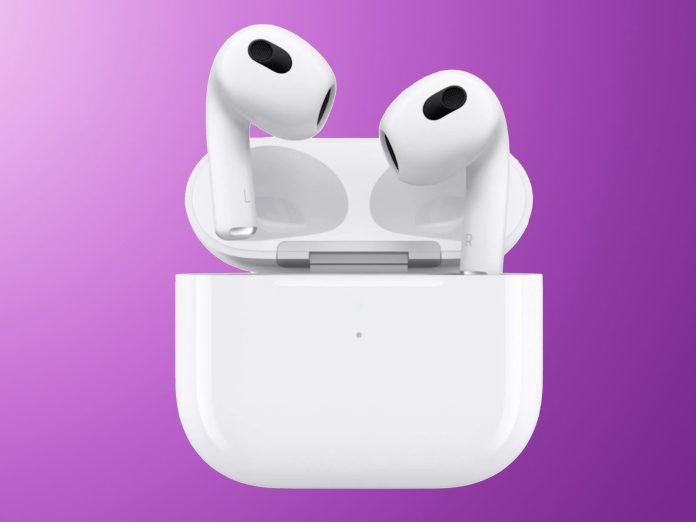Noise-canceling earbuds have gained immense popularity in recent years, revolutionizing the way we listen to music and experience our surroundings. Apple’s AirPods Pro, in particular, have played a significant role in the rise of this technology. In this article, we explore the growth and impact of noise-canceling earbuds, focusing on the AirPods Pro and the advancements shaping the future of this technology.
The Emergence of Noise-Canceling Technology:
Noise-canceling technology has long been used in over-ear headphones, but its integration into earbuds has been a more recent development. These earbuds utilize microphones to detect ambient noise and generate sound waves that cancel out external sounds. The demand for a portable and immersive listening experience has driven the rapid growth of noise-canceling earbuds, providing users with the ability to enjoy their music or podcasts without disruptions.
Apple’s AirPods Pro:
Setting the Standard: Apple’s AirPods Pro, released in 2019, brought noise-canceling technology to the forefront of the earbud market. These earbuds utilize advanced algorithms and dual microphones to deliver active noise cancellation that adjusts dynamically to the user’s environment. The AirPods Pro also introduced a transparency mode, allowing users to hear their surroundings when needed. Its seamless integration with Apple devices and the convenience of the wireless charging case further contributed to its success.
Enhanced Features and User Experience:
Beyond noise cancellation, the AirPods Pro introduced several features that enhanced the overall user experience. The earbuds feature adaptive EQ, which automatically adjusts the audio to fit the shape of the user’s ear. The inclusion of silicone ear tips also improved the fit and comfort, ensuring a more secure and personalized feel. Additionally, touch controls and hands-free access to Siri provided effortless control and convenience.
Advancements in Noise-Canceling Technology:
The success of the AirPods Pro has spurred advancements in noise-canceling technology in subsequent models and other brands. These advancements include improvements in noise reduction algorithms, more advanced microphones, and additional sensors for better detection of ambient noise. Manufacturers are continually refining the technology to provide users with even more effective noise cancellation and a superior listening experience.
The Future of Noise-Canceling Earbuds:
As noise-canceling earbuds continue to evolve, several trends and possibilities emerge for the future. One area of focus is the integration of artificial intelligence (AI) algorithms, allowing earbuds to adapt and optimize noise cancellation based on the user’s preferences and surrounding environment. The development of advanced transparency modes, providing more natural and seamless audio transparency, is also anticipated. Additionally, the concept of personalized sound profiles tailored to individual hearing abilities may become a prominent feature.
The Importance of AirPod Replacement:
With the rising popularity of noise-canceling earbuds like the AirPods Pro, the need for Airpod replacement has become increasingly relevant. Accidents happen, and losing or damaging a single AirPod can disrupt the user experience. Manufacturers and third-party retailers have recognized this demand, providing options for individual AirPod replacements. This ensures that users can easily replace a single earbud without the need to purchase an entirely new set, enhancing convenience and cost-effectiveness.
Conclusion:
The rise of noise-canceling earbuds, spearheaded by the AirPods Pro, has transformed the way we enjoy music and audio content. These earbuds have set the standard for immersive and portable sound experiences, with advancements in noise-canceling technology improving the overall user experience. As the industry continues to innovate, we can expect further enhancements in noise cancellation algorithms, personalized sound profiles, and AI integration

